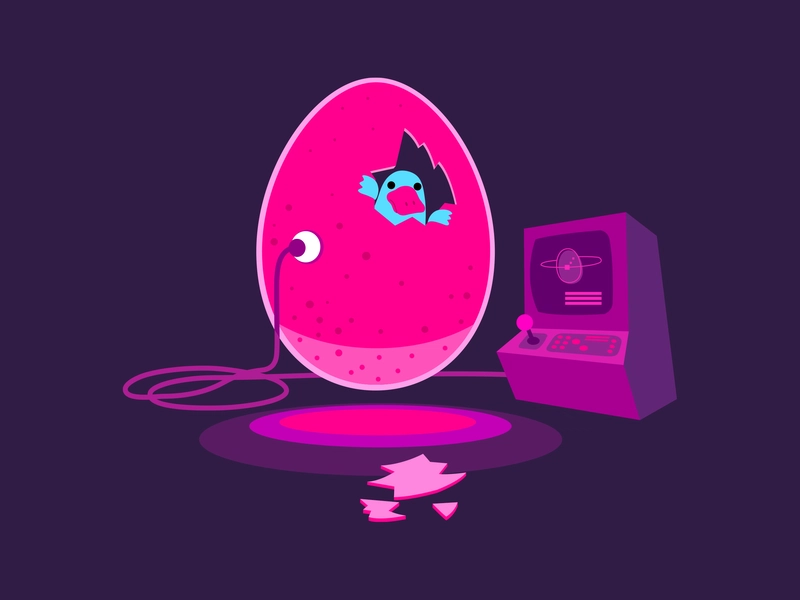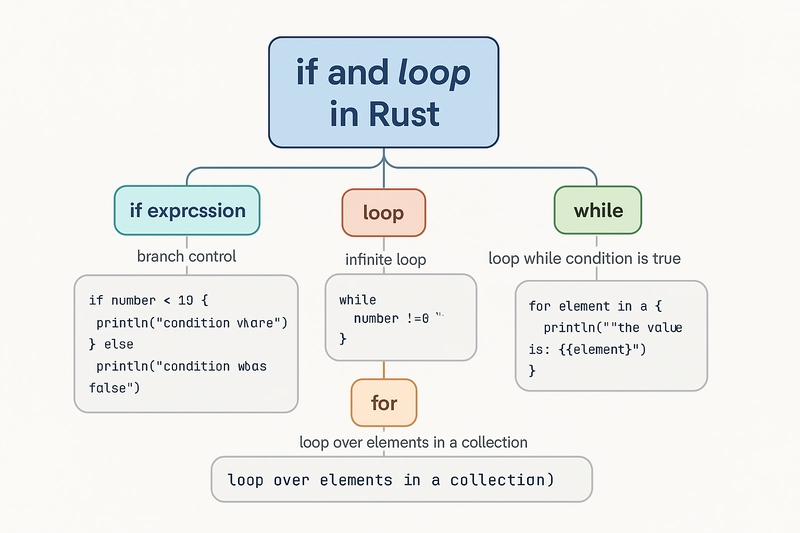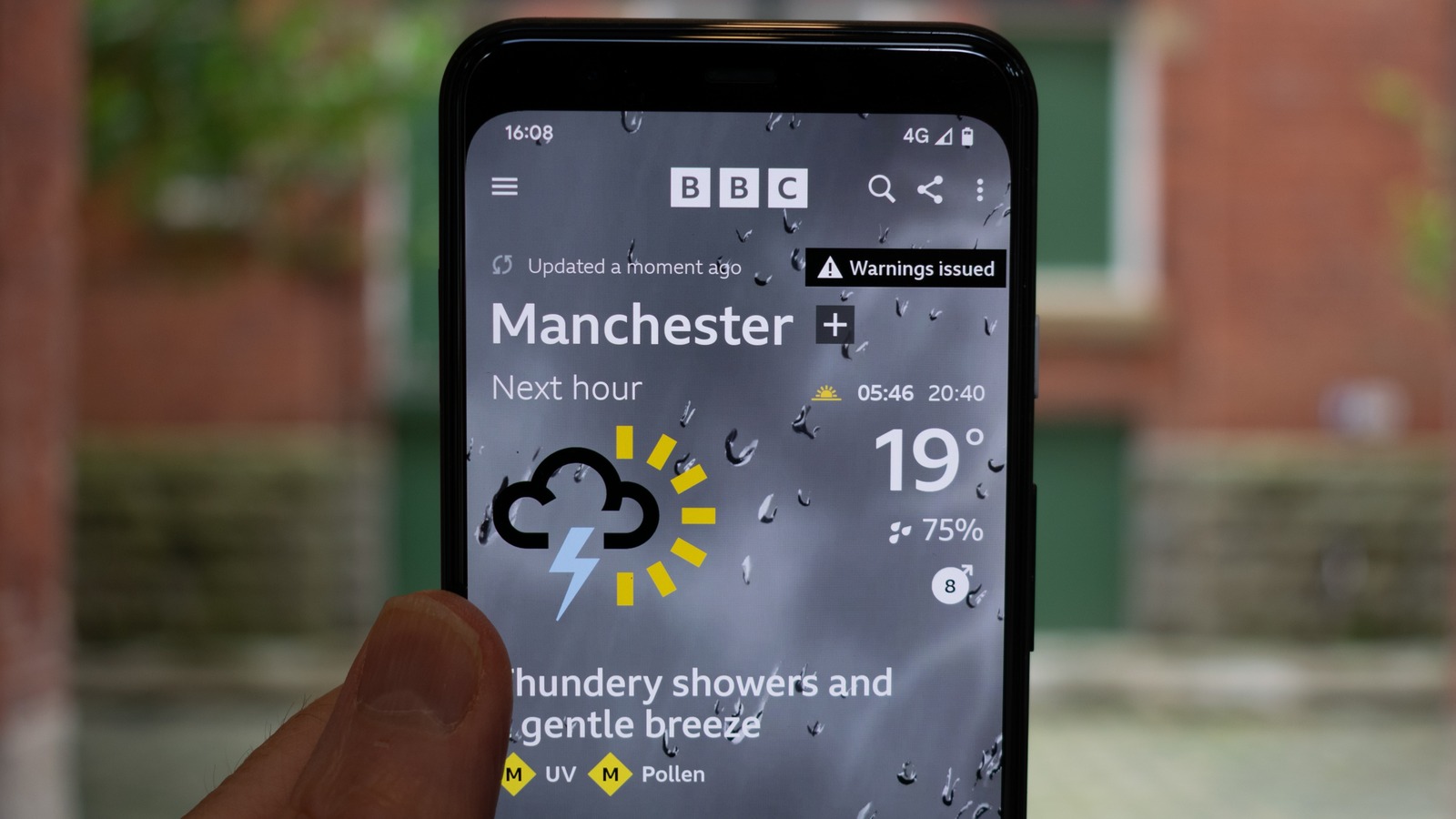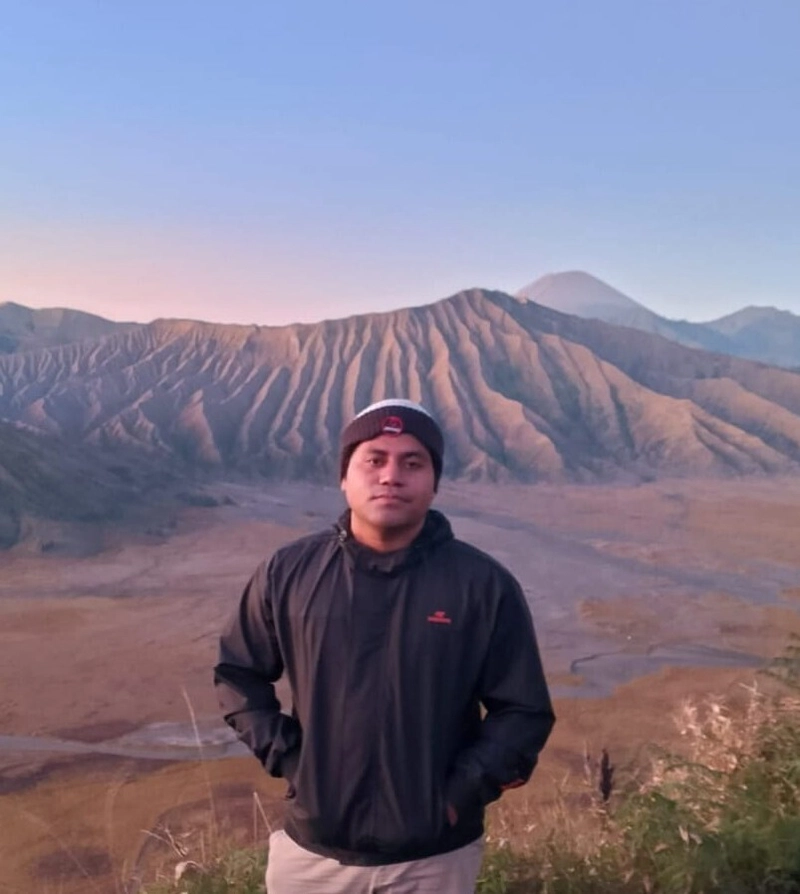The History of Kilts and What They Mean to My Family
## Introduction: More Than Just Fabric and Tradition To some, a kilt is just a piece of clothing—an iconic pleated skirt made of tartan, worn during weddings or Highland games. But to my family, it’s something more: a symbol of where we come from, who we are, and what we’ve carried through generations. Every time someone in my family fastens a kilt around their waist, we’re not just honoring tradition—we’re wearing our story, wrapped in memory, pride, and resilience. This article explores both the rich history of kilts in Scottish culture and the deep personal meaning they hold for my family. 1. The Origins: From Utility to Identity The earliest form of the kilt, known as the “belted plaid” or feileadh mòr, emerged in the late 16th century in the Scottish Highlands. It was a large piece of woolen cloth wrapped around the body, providing warmth, freedom of movement, and versatility. The wearer could use the excess fabric as a cloak or sleeping cover in the rugged terrain of the Highlands. By the 18th century, the kilt evolved into the tailored garment we know today—complete with sewn-in pleats and worn with accessories like the sporran, kilt hose, and ghillie brogues. But more than function, the kilt became a symbol of Highland identity—especially as British authorities sought to suppress Scottish culture following uprisings like the Jacobite Rebellion of 1745. 2. The Ban and the Rebirth After the Jacobite defeat at Culloden in 1746, the Dress Act was passed by the British government, banning the wearing of Highland dress—including kilts—as a way to quash rebellion and erase cultural identity. Wearing a kilt became a punishable act, especially for Highland Scots. This ban lasted for nearly 40 years, until 1782, when it was repealed. But by then, the damage had been done—Highland traditions had been suppressed, and the kilt had gone underground. Yet the story didn’t end there. In the 19th century, a romantic revival of Scottish culture, sparked in part by writers like Sir Walter Scott and the visit of King George IV to Scotland, brought the kilt back into fashion—this time as a symbol of national pride and ceremonial elegance. 3. The Clan System and Tartan Identity Tartan—those iconic crisscrossed patterns woven into wool—became closely associated with Scottish clans. Each pattern, or sett, represented a particular family name or region, giving people a visible sense of belonging. Though the idea of "clan-specific" tartans was formalized mostly in the 19th century, today many families—mine included—wear a tartan that reflects either their name, ancestry, or adopted identity. In my family, we wear the MacLeod hunting tartan—a deep mix of green, blue, and black. It's the one my grandfather wore on holidays. It's the one my father wore at his wedding. And it’s the one I wore at my graduation. It might not be historically “accurate” in every sense, but to us, it means unity, memory, and continuity. 4. The Kilt in My Family: Ritual, Rebellion, and Pride My grandfather was the first in our family to bring back the tradition of wearing kilts—not for ceremony, but for connection. He didn’t grow up wearing one, but after tracing his family tree and discovering his Highland roots, he decided to reclaim what had been nearly lost. He wore it to church. To family dinners. To neighborhood events. Not because he wanted to stand out, but because he wanted to remember where we came from—and carry it into the present. As a child, I didn’t fully understand it. I saw it as formal, or maybe even old-fashioned. But as I got older, I began to see what he saw. That the kilt wasn’t just for special occasions—it was a conversation with history, a garment that gave him a way to show his pride without saying a word. Today, we wear kilts: At weddings, to honor our heritage At funerals, as a mark of respect At family reunions, to reconnect And sometimes, just because we feel like it The kilt is our unspoken language—a way to show love, continuity, and resilience. 5. What Wearing a Kilt Teaches Us Wearing a kilt has taught me more than I expected: It’s taught me to stand taller—to carry pride in my posture. It’s taught me to value craft—each pleat sewn by hand, each tartan designed with care. It’s taught me that tradition doesn’t have to be limiting—it can be liberating, if you make it your own. Even in a world of fast fashion and mass production, the kilt reminds us of slowness, intentionality, and meaning. It's not about perfection. It's about presence. 6. The Next Generation: Passing It On One of the most meaningful moments in recent memory was watching my nephew wear a kilt for the first time. He was hesitant—used to jeans, hoodies, sneakers. But as he stood in front of the mirror, pleats falling just right, he smiled. “Do I look like Grandpa?” he asked. Yes. And more than that—he looked like himself, connected to so

 ## Introduction: More Than Just Fabric and Tradition
## Introduction: More Than Just Fabric and Tradition
To some, a kilt is just a piece of clothing—an iconic pleated skirt made of tartan, worn during weddings or Highland games. But to my family, it’s something more: a symbol of where we come from, who we are, and what we’ve carried through generations.
Every time someone in my family fastens a kilt around their waist, we’re not just honoring tradition—we’re wearing our story, wrapped in memory, pride, and resilience. This article explores both the rich history of kilts in Scottish culture and the deep personal meaning they hold for my family.
1. The Origins: From Utility to Identity
The earliest form of the kilt, known as the “belted plaid” or feileadh mòr, emerged in the late 16th century in the Scottish Highlands. It was a large piece of woolen cloth wrapped around the body, providing warmth, freedom of movement, and versatility. The wearer could use the excess fabric as a cloak or sleeping cover in the rugged terrain of the Highlands.
By the 18th century, the kilt evolved into the tailored garment we know today—complete with sewn-in pleats and worn with accessories like the sporran, kilt hose, and ghillie brogues.
But more than function, the kilt became a symbol of Highland identity—especially as British authorities sought to suppress Scottish culture following uprisings like the Jacobite Rebellion of 1745.
2. The Ban and the Rebirth
After the Jacobite defeat at Culloden in 1746, the Dress Act was passed by the British government, banning the wearing of Highland dress—including kilts—as a way to quash rebellion and erase cultural identity. Wearing a kilt became a punishable act, especially for Highland Scots.
This ban lasted for nearly 40 years, until 1782, when it was repealed. But by then, the damage had been done—Highland traditions had been suppressed, and the kilt had gone underground.
Yet the story didn’t end there.
In the 19th century, a romantic revival of Scottish culture, sparked in part by writers like Sir Walter Scott and the visit of King George IV to Scotland, brought the kilt back into fashion—this time as a symbol of national pride and ceremonial elegance.
3. The Clan System and Tartan Identity
Tartan—those iconic crisscrossed patterns woven into wool—became closely associated with Scottish clans. Each pattern, or sett, represented a particular family name or region, giving people a visible sense of belonging.
Though the idea of "clan-specific" tartans was formalized mostly in the 19th century, today many families—mine included—wear a tartan that reflects either their name, ancestry, or adopted identity.
In my family, we wear the MacLeod hunting tartan—a deep mix of green, blue, and black. It's the one my grandfather wore on holidays. It's the one my father wore at his wedding. And it’s the one I wore at my graduation.
It might not be historically “accurate” in every sense, but to us, it means unity, memory, and continuity.
4. The Kilt in My Family: Ritual, Rebellion, and Pride
My grandfather was the first in our family to bring back the tradition of wearing kilts—not for ceremony, but for connection. He didn’t grow up wearing one, but after tracing his family tree and discovering his Highland roots, he decided to reclaim what had been nearly lost.
He wore it to church. To family dinners. To neighborhood events. Not because he wanted to stand out, but because he wanted to remember where we came from—and carry it into the present.
As a child, I didn’t fully understand it. I saw it as formal, or maybe even old-fashioned. But as I got older, I began to see what he saw. That the kilt wasn’t just for special occasions—it was a conversation with history, a garment that gave him a way to show his pride without saying a word.
Today, we wear kilts:
- At weddings, to honor our heritage
- At funerals, as a mark of respect
- At family reunions, to reconnect
- And sometimes, just because we feel like it
The kilt is our unspoken language—a way to show love, continuity, and resilience.
5. What Wearing a Kilt Teaches Us
Wearing a kilt has taught me more than I expected:
- It’s taught me to stand taller—to carry pride in my posture.
- It’s taught me to value craft—each pleat sewn by hand, each tartan designed with care.
- It’s taught me that tradition doesn’t have to be limiting—it can be liberating, if you make it your own.
Even in a world of fast fashion and mass production, the kilt reminds us of slowness, intentionality, and meaning. It's not about perfection. It's about presence.
6. The Next Generation: Passing It On
One of the most meaningful moments in recent memory was watching my nephew wear a kilt for the first time. He was hesitant—used to jeans, hoodies, sneakers. But as he stood in front of the mirror, pleats falling just right, he smiled.
“Do I look like Grandpa?” he asked.
Yes. And more than that—he looked like himself, connected to something bigger.
That’s what kilts do. They bridge generations. They carry memory forward. And in a world that changes so fast, they give us something solid to hold onto.
Conclusion: A Living Tradition, Fold by Fold
The kilt is more than tradition. It’s emotion, connection, and storytelling—stitched together with memory and meaning. In my family, it’s how we show pride. It’s how we honor our elders. And it’s how we carry the past into the present—pleat by pleat, thread by thread.
We wear it not because we have to, but because we want to. Because it feels like home. Because it makes us feel whole.
Because some legacies aren’t written—they’re worn.
Tags:
kilt history, family heritage, tartan identity, Scottish culture, personal kilt story, multigenerational tradition, Scottish ancestry, kilt and memory, modern kilt wearing, cultural clothing meaning, kilt symbolism, legacy through clothing, highland pride, clan tartans, family storytelling










































































































































































![[The AI Show Episode 142]: ChatGPT’s New Image Generator, Studio Ghibli Craze and Backlash, Gemini 2.5, OpenAI Academy, 4o Updates, Vibe Marketing & xAI Acquires X](https://www.marketingaiinstitute.com/hubfs/ep%20142%20cover.png)



























































































































![[DEALS] The Premium Learn to Code Certification Bundle (97% off) & Other Deals Up To 98% Off – Offers End Soon!](https://www.javacodegeeks.com/wp-content/uploads/2012/12/jcg-logo.jpg)


![From drop-out to software architect with Jason Lengstorf [Podcast #167]](https://cdn.hashnode.com/res/hashnode/image/upload/v1743796461357/f3d19cd7-e6f5-4d7c-8bfc-eb974bc8da68.png?#)








































































































.png?#)


































_Christophe_Coat_Alamy.jpg?#)
 (1).webp?#)






































































































![iPhone 17 Pro Won't Feature Two-Toned Back [Gurman]](https://www.iclarified.com/images/news/96944/96944/96944-640.jpg)
![Tariffs Threaten Apple's $999 iPhone Price Point in the U.S. [Gurman]](https://www.iclarified.com/images/news/96943/96943/96943-640.jpg)





































































































































